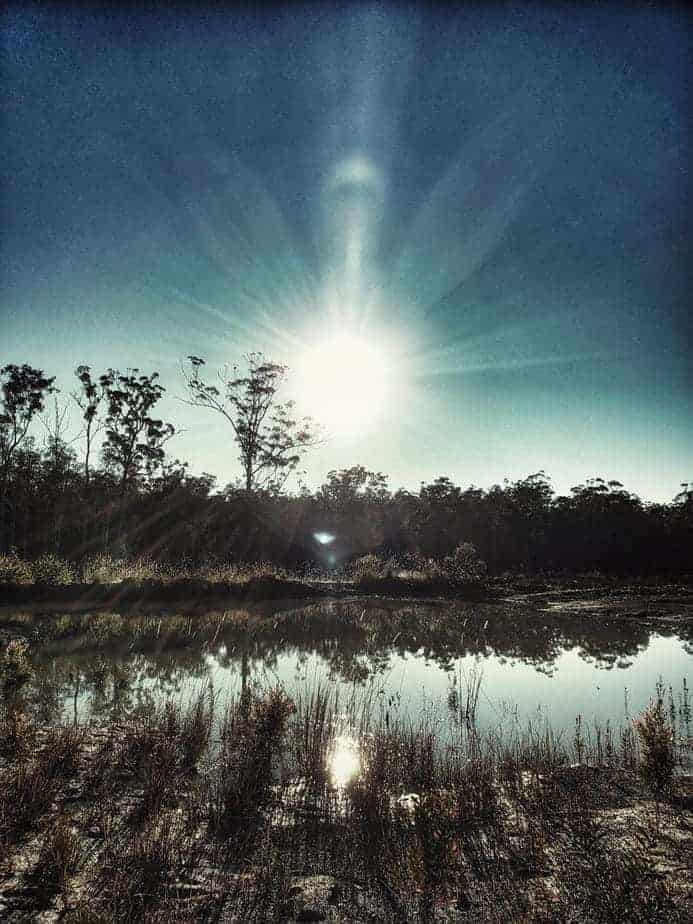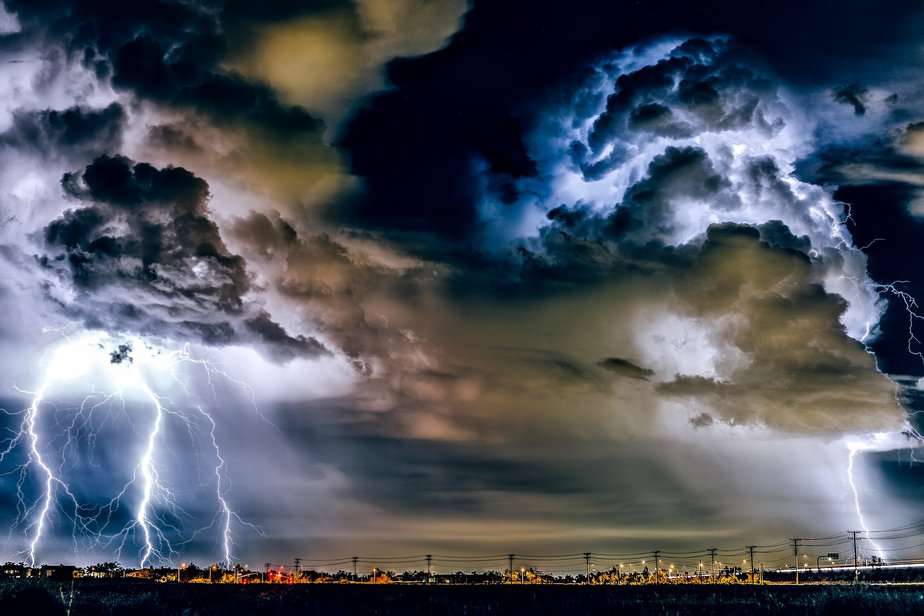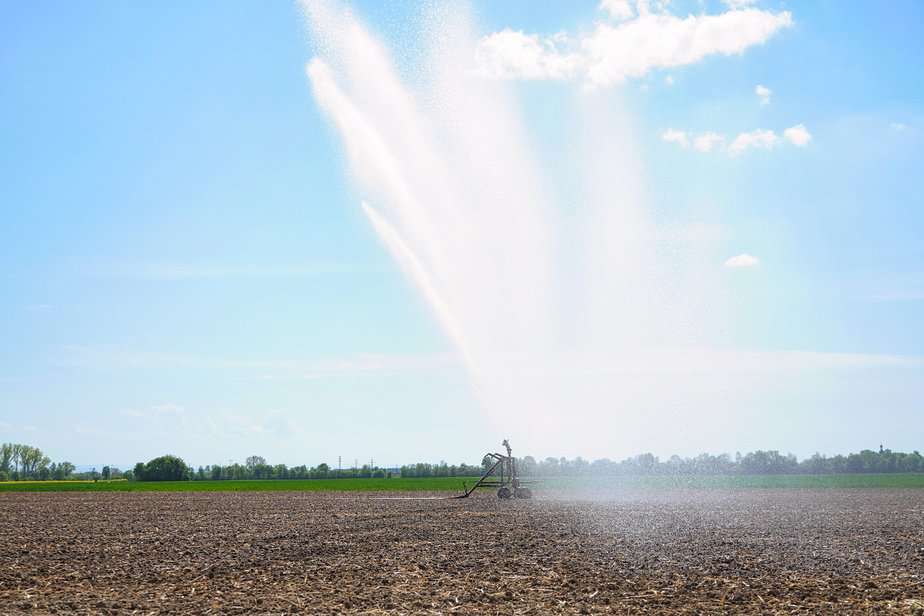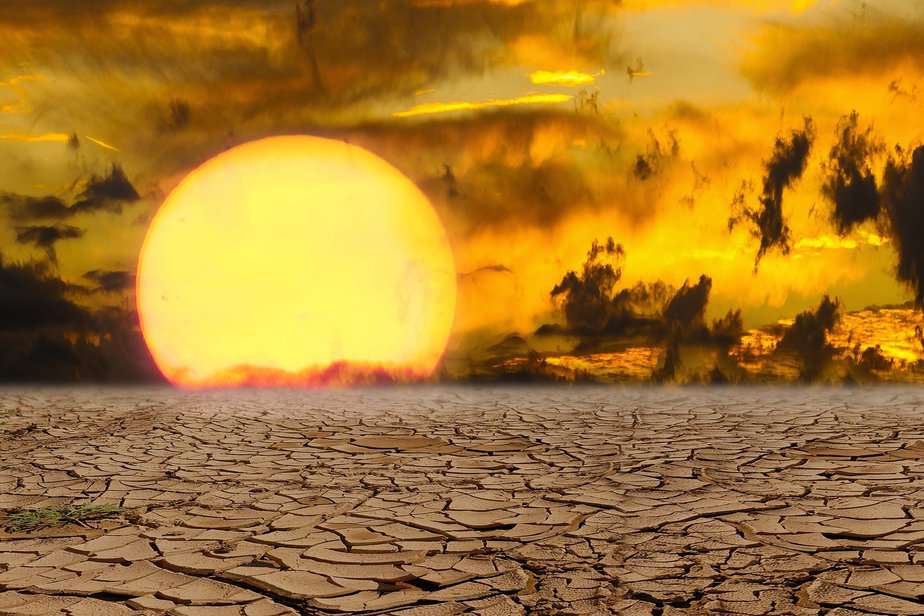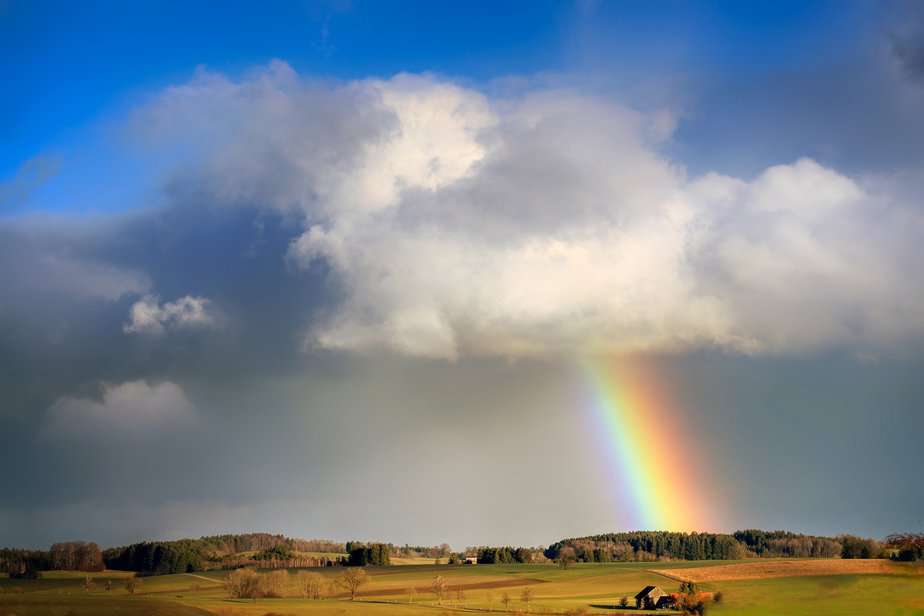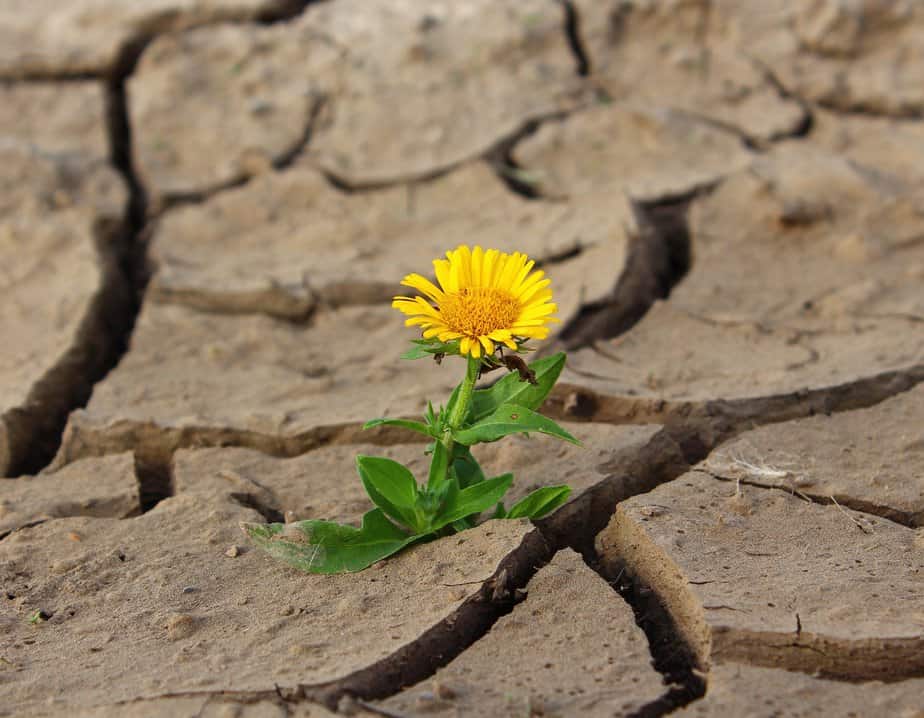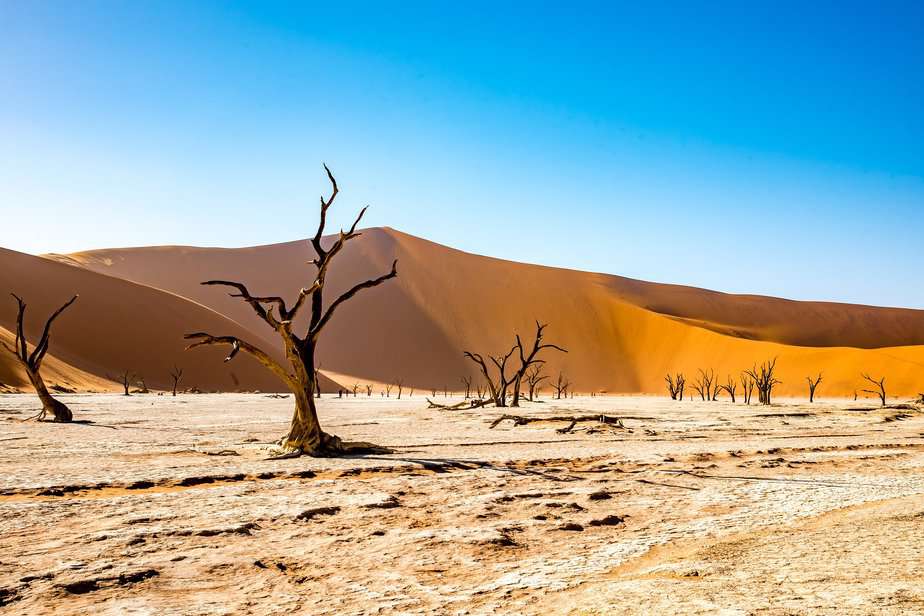Australia is in for a turbulent weekend with extreme weather on both coasts. The west battles a scorching heatwave, while the east faces heavy rains and flash flooding threats. Temperatures in Western Australia’s south-west may reach 39°C, but relief is expected next week. Meanwhile, the east anticipates widespread showers and thunderstorms. South Australia also faces thunderstorms, while Brisbane and the Gold Coast brace for heavy rain. Stay informed and safe amidst this weekend’s meteorological challenges
Tag Archives: el nino
The factors contributing to a lack of rainfall are multifaceted and interconnected. Rainfall is a vital component of Earth’s natural water cycle and plays a crucial role in supporting life, agriculture, and ecosystems. However, in various parts of the world, there are periods when rainfall becomes scarce, leading to droughts and water shortages. In this article, we look at the complex factors that can cause a lack of rainfall, shedding light on the meteorological, geographical, and environmental aspects of this phenomenon.
Australia’s population growth, combined with the shortage of dams and other water infrastructure, has left the country vulnerable to the devastating impacts of droughts.
Australia, known for its vast landscapes, unique wildlife, and thriving cities, faces a recurring challenge: drought. The continent has a long history of droughts, which can have devastating effects on its environment, economy, and people. While droughts are natural occurrences, Australia’s increasing population and a lack of sufficient dams have left many Australians feeling vulnerable in the face of these dry spells.
Low rainfall or drought is a pressing concern in many regions across the world, leading to water scarcity, crop failures, and environmental challenges. Climate change and natural variability have exacerbated this issue, making it essential for communities to implement proactive strategies to address low rainfall and its consequences.
Surviving with less water is a skill that can be valuable in various situations, from dealing with water scarcity in everyday life to emergency scenarios in the wild.
Water is essential for life. It’s not just vital for staying hydrated, but also for cooking, cleaning, agriculture, and countless other daily activities. However, in certain situations, such as during droughts, emergencies, or while exploring remote regions, access to ample water may be limited.
In this article, I explore essential strategies and give you tips on how to survive with less water, ensuring that you can adapt and thrive even when faced with water scarcity.
The unpredictability of the drought wreaking havoc in NSW is a stark reminder of the tenacity and will of the Australian people.
Australia, a country renowned for its stark environmental issues and contrasted beauty, is once again facing the terrible power of nature. Currently, towns and farmers in the state of New South Wales (NSW) are struggling due to an unpredictable drought, which poses a severe threat. We go deep into this dilemma in this blog article, telling the moving story of a farmer struggling against the wrath of nature.
Dams are essential components of our infrastructure that play a pivotal role in reducing the impact of floods and wildfires.
Natural disasters such as floods and wildfires can wreak havoc on communities, causing significant damage to property and posing serious threats to human lives. Climate change has caused an increase in the frequency and severity of catastrophic disasters in recent years. To mitigate the impact of these catastrophes, various strategies have been employed, and one of the most effective methods is the use of dams. Dams play a crucial role in reducing the impact of floods and fires by managing water resources, providing a source of firefighting water, and offering flood control. In this blog post, we will explore how dams serve as vital tools in mitigating the devastation caused by floods and wildfires.
Australia is currently grappling with unprecedented dry conditions, with the past three months marking the driest quarter in the nation’s recorded history. According to the latest findings from the Bureau of Meteorology, the country is enduring a significant rainfall deficit, with the situation particularly dire in Western Australia, Queensland, and South Australia.

